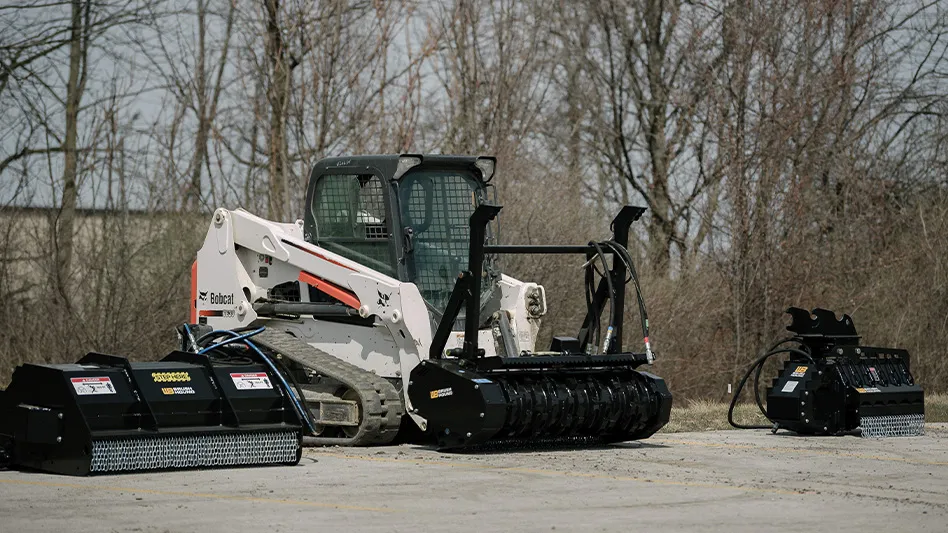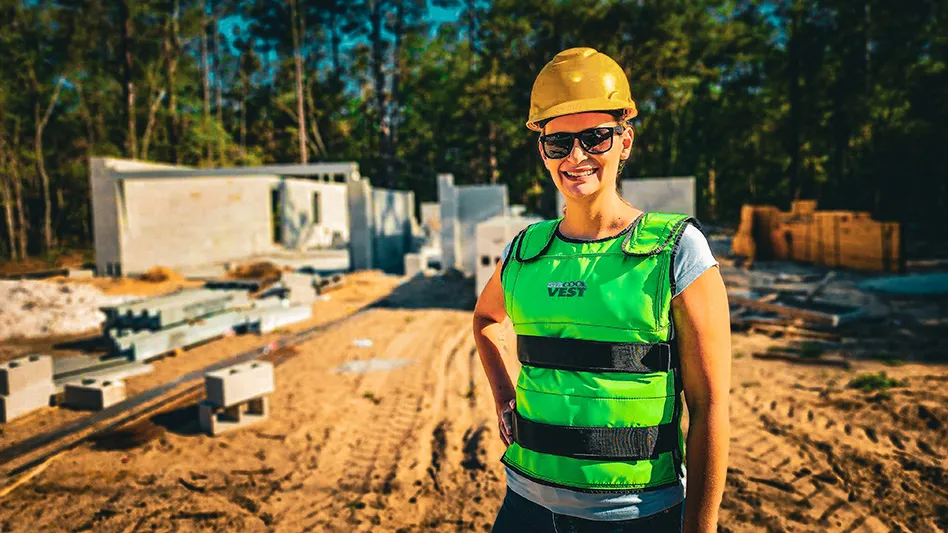Architecture critic and Donald Ross biographer Brad Klein once wrote “Routing is destiny.” He was right. Routing ultimately determines course quality in so many ways – a badly routed hole is a bad hole, period; misplaced or omitted features – like practice areas - remain misplaced or omitted until moved/added/renovated out of existence at great cost later; circulation, maintenance and pace of play problems are often routing induced.
Most architects work hard at routing, doing multiple routings before picking one only when they are convinced they have made the most of the land. I have only heard two tell me they settle for “less than their best,” preferring to save time or effort over saving their reputation. It shocks me to know someone can have a dream job, and then lose their passion for it somewhere along the way.
Most design work is renovation these days. Routing means re-routing, and the first step in any renovation is to determine if re-routing is required or desired. Most courses opt to largely preserve their routings. For them, keeping the existing routing keeps costs more reasonable.
However, recently, I see more courses are doing total “blow ups,” including totally re-routing and re-branding to change their image in their market. Naturally, many golfers dream of a totally new course. Combine that with an architect dreaming of a bigger potential project and fee, and massive re-routings are far more likely. So, how do you determine which holes require re-routing? Barring outside influences and safety problems, answer this question: “Do I like the hole?”
What constitutes a “good golf hole?” My “Ten Commandments” – in reasonable order of importance – a golf hole must have or be:
Fit the natural topography. Nature is a big attraction of golf, so preserve as much as possible for golfers to enjoy and to create a “sense of place.”
Holes that don’t fit natural topography should look like they do. Correcting any topographical flaws using earthmoving to avoid awkward uphill, steep or misplaced slopes is acceptable to most. In fact, it’s usually necessary to cut through at least one hill or dig a lake to generate the necessary fill to build greens, tees and bunkers.
Visibility. With rare exception, golfers demand visibility, which makes holes strategic, beautiful and comfortable to golfers. Blind holes went out with the beehive hairdo, and they are even less likely to return.
Safe. Every hole should be well spaced to keep shots from adjacent holes, houses and roads. Older courses are often tighter than new ones, but they usually compensate by having mature trees to block wayward shots.
Visually Pleasing. Golfers from the TV and video game generations expect visually attractive holes. That’s not to say nature alone isn’t appealing or that every hole needs the equivalent of blockbuster special effects. Variety and distinctive holes are important, using different key elements, like trees, sand and water on each hole.
Receptive. Every shot should be one golfers can reasonably pull off. Landing zones should not reject good drives to hazards or even rough. Greens are built to be receptive, but fairways should rely more on natural or modified contours to hold reasonable shots.
Playable by all skill levels. Except for courses designed specifically for better players, good holes minimize, eliminate, provide a safe way around or limit forced carries to shorter par-3 holes.
Walkable. Except in the mountains, a good hole is walkable, including minimal hill climbing and short green to tee walks even if we choose to use carts.
Good Circulation/Speed of Play. Good holes have direct routes and minimal distances from tee to landing zones, landing zones to greens and greens to the next tees, always moving golfers forward to the next area to speed play.”
Appropriate Length, Par, Hole Sequence, Play Balance. The land determines the best routing, but 18 good individual holes are even better when placed in a variety of hole lengths, hazards, difficulty and wind orientations. A good sequence starts at the front entrance, and includes good practice areas, since the pre-round experience set up golfers to enjoy those 18 good holes.

Explore the August 2017 Issue
Check out more from this issue and find you next story to read.
Latest from Golf Course Industry
- SiteOne adds Durentis to product offerings
- Resilia available for purchase in Hawaii
- What can $1 million do for expanding the industry workforce?
- Captivating short course debuts on Captiva Island
- Wonderful Women of Golf 35: Carol Turner
- The Andersons acquires Reed & Perrine Sales
- Excel Leadership Program awards six new graduates
- John Deere launches new digital platform





